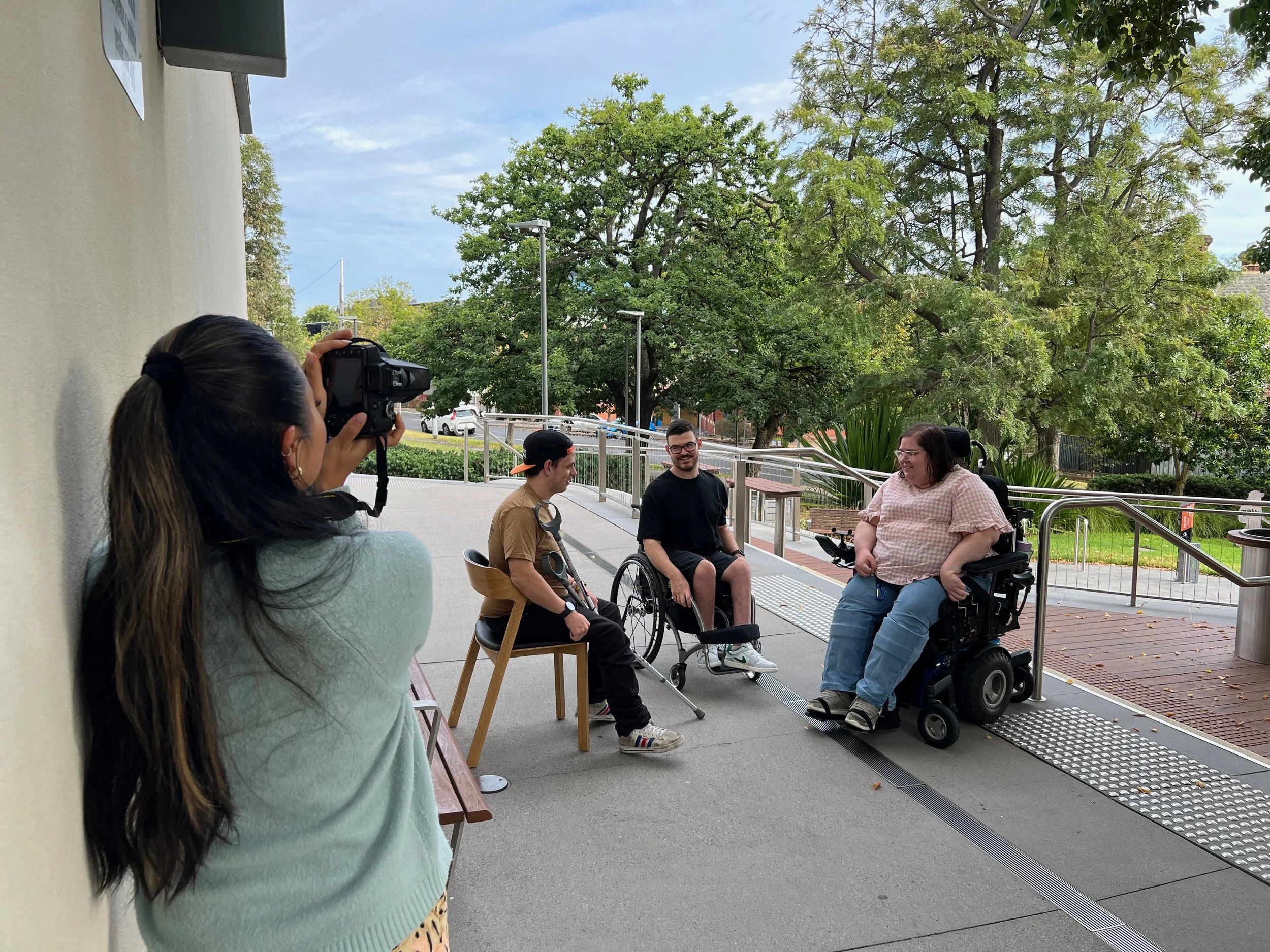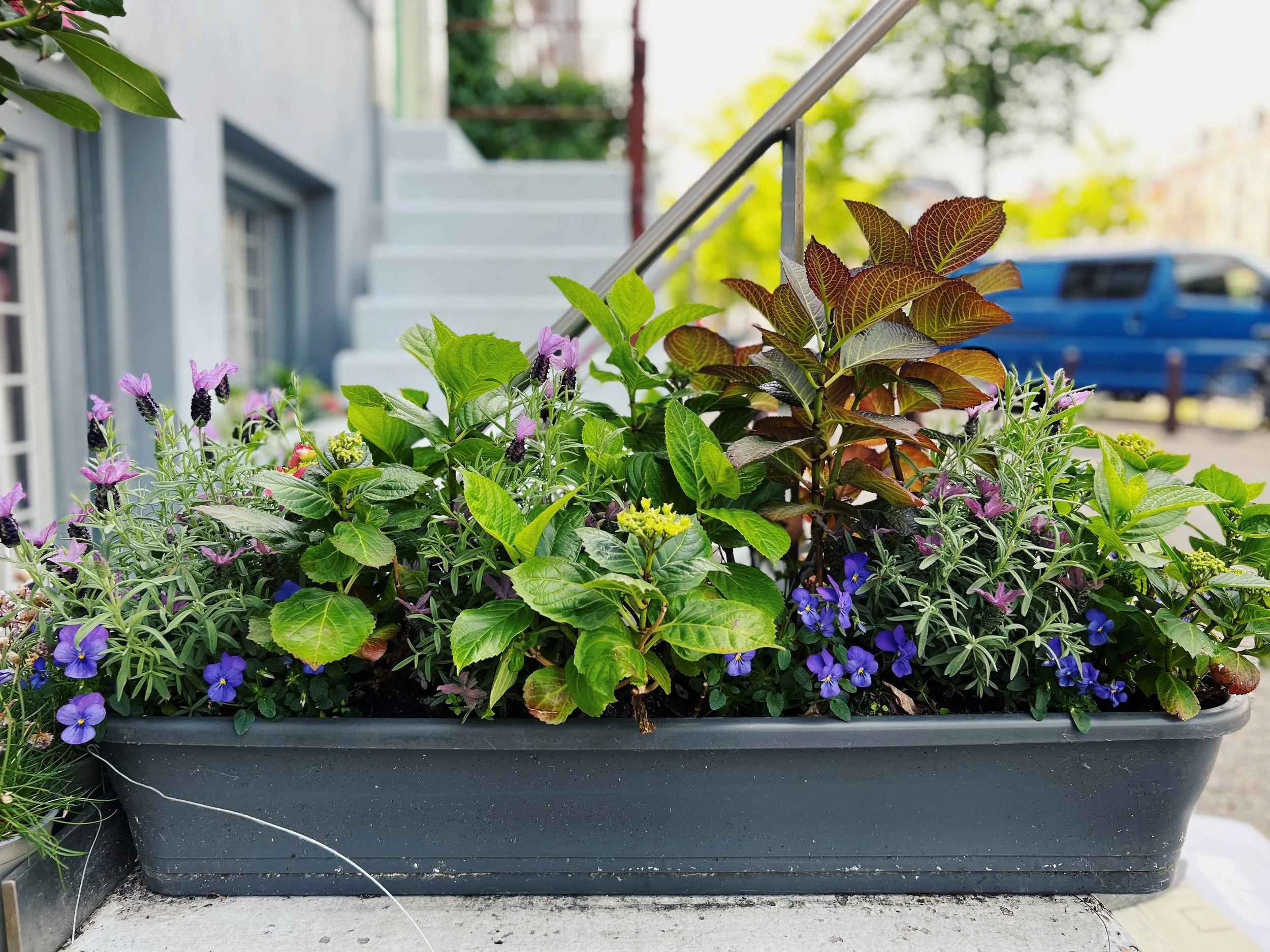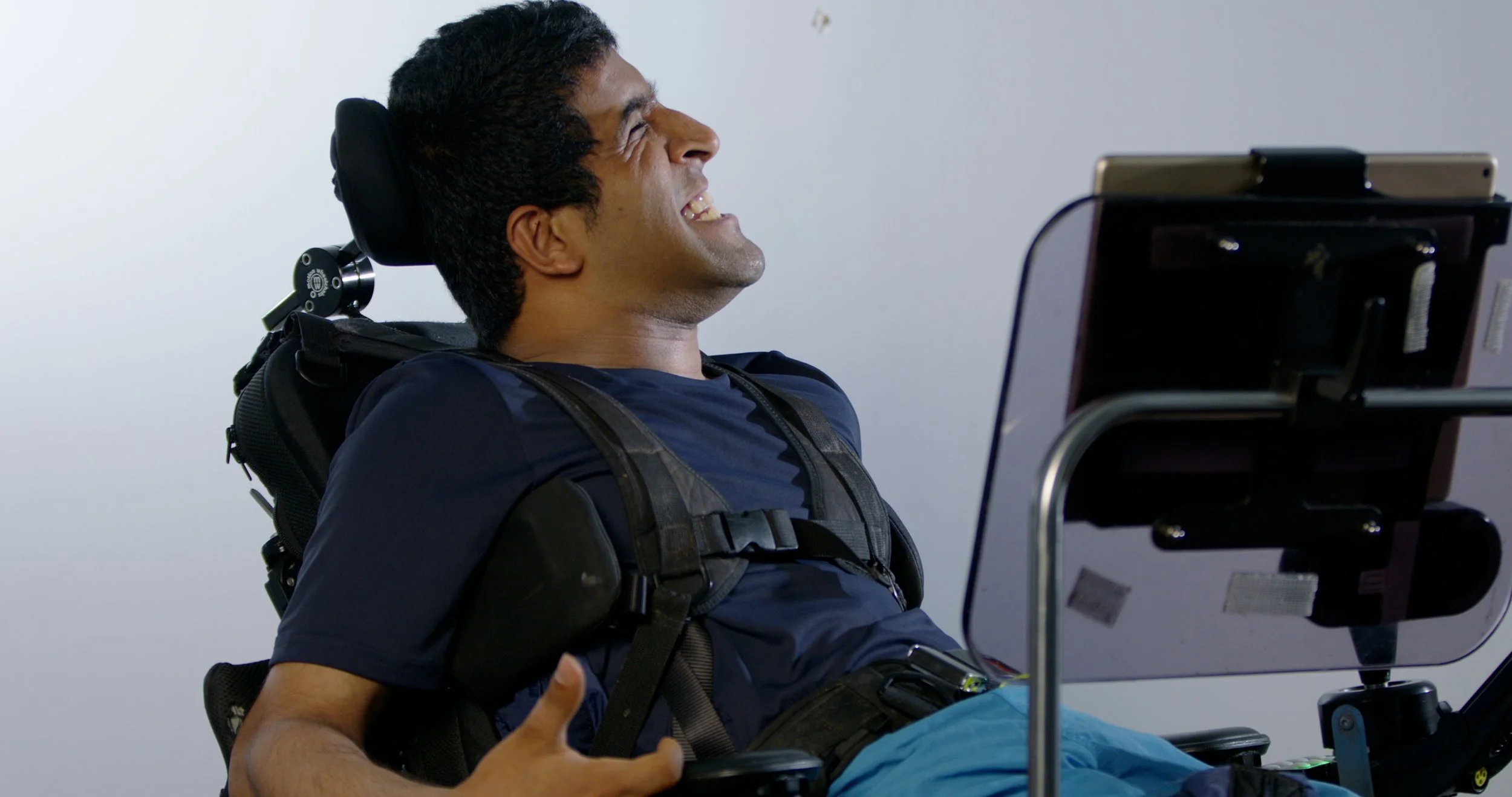
Transitioning to and through young adulthood
Before we get into the nitty gritty of physical activity, let's talk about the transition to and through young adulthood and what it means to set the direction and take charge of your physical activity.
The transition to adulthood is a time of building your skills and knowledge and growing your autonomy.
It’s called a transition because it is a time of change.
Growing up.
Changing from being a ‘child’ to being an ‘adult’ and the personal and environmental changes that might come with that.
Why the focus on transitioning to adulthood?
It is a process, it takes time. There is often a lot of trial and error, and a lot of learning from your experiences.
Sometimes transitioning to adulthood means your relationships and preferences might differ from those around you, like parents and health professionals.
This is normal for lots of young adults. It’s also normal for it to take a while to figure out what a good ‘new normal’ looks like for you in these relationships and situations.
Personal changes
You might start to make more decisions about your life
Working out what is next
Changing relationships with family
Other big life changes
Leaving school
Leaving the children’s health services
Starting in new programs, education or employment
Moving out of home
“Everything was organised at school. After school we had so many questions.
What was available?
What was interesting?
What was possible?
What were good options for physical activity?”
— Joan, Parent
Having autonomy means that you have control and choice over the activities you do and the people that are involved.
You might have noticed that we have not used the word ‘independent’.
Young people with CP told us that the word independent is often used to mean ‘doing it yourself,’ without support or assistance.
However, many people with cerebral palsy might use support to find and then participate in physical activity.
Having choice and control over these supports, and how you use them, can give you autonomy over your physical activity.
What is Autonomy?
“For example, even if you have the ability to search for accessible venues, you may choose to delegate this task to a trusted person, leaving you with time and energy for other elements of life”
- Freya
For physical activity, growing your autonomy might mean figuring out:
What you want to be involved in
What sorts of skills you want to develop
What kind of supports you might need
What your priorities are and what you want to make sure you have enough time and energy for
Which tasks you would like to delegate to others!

“I personally did a lot of intense rehab growing up and didn’t always enjoy it.
I know it was important for developing the life skills I have now but at the time I wasn’t aware of any community sports or recreation activities growing up.
I think if there were more opportunities to balance therapy and exercising for fun the transition from adolescence to adulthood would be more seamless and feel like less of a chore.”
— Tate
Physical activity as an adult
One of the big changes of becoming an adult is starting to take more control over the activities you do.
This includes your physical activity.
You might be trying to navigate new healthcare, education, disability and employment services at the same time as trying to figure out physical activity options. It can be a lot.
Most people with cerebral palsy have some experience of being active during childhood and there are a wide range of experiences.
We talked to young adults with cerebral palsy and looked at the research available, some of the common experiences that made it challenging for young adults to be active were:
In childhood and adolescence, physical activity was often organised through physiotherapy or part of school
Involvement in community sport and recreation is less common, especially as children get older
Experiences of pain, discomfort or fatigue
Some of this may be true for you too.
When there is not clear information, or a simple path forward, this can feel like a lot to navigate -
the finding out,
the new services,
the logistics.
We want you to know that alongside the difficult stuff, being an adult also presents many opportunities for figuring out what it is you want!
You get to have more say about your life, and this includes your physical activity.
This guide will help you to plan for, and then do that!
So…are you ready to get started?!




